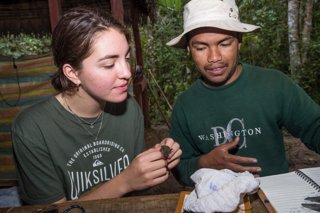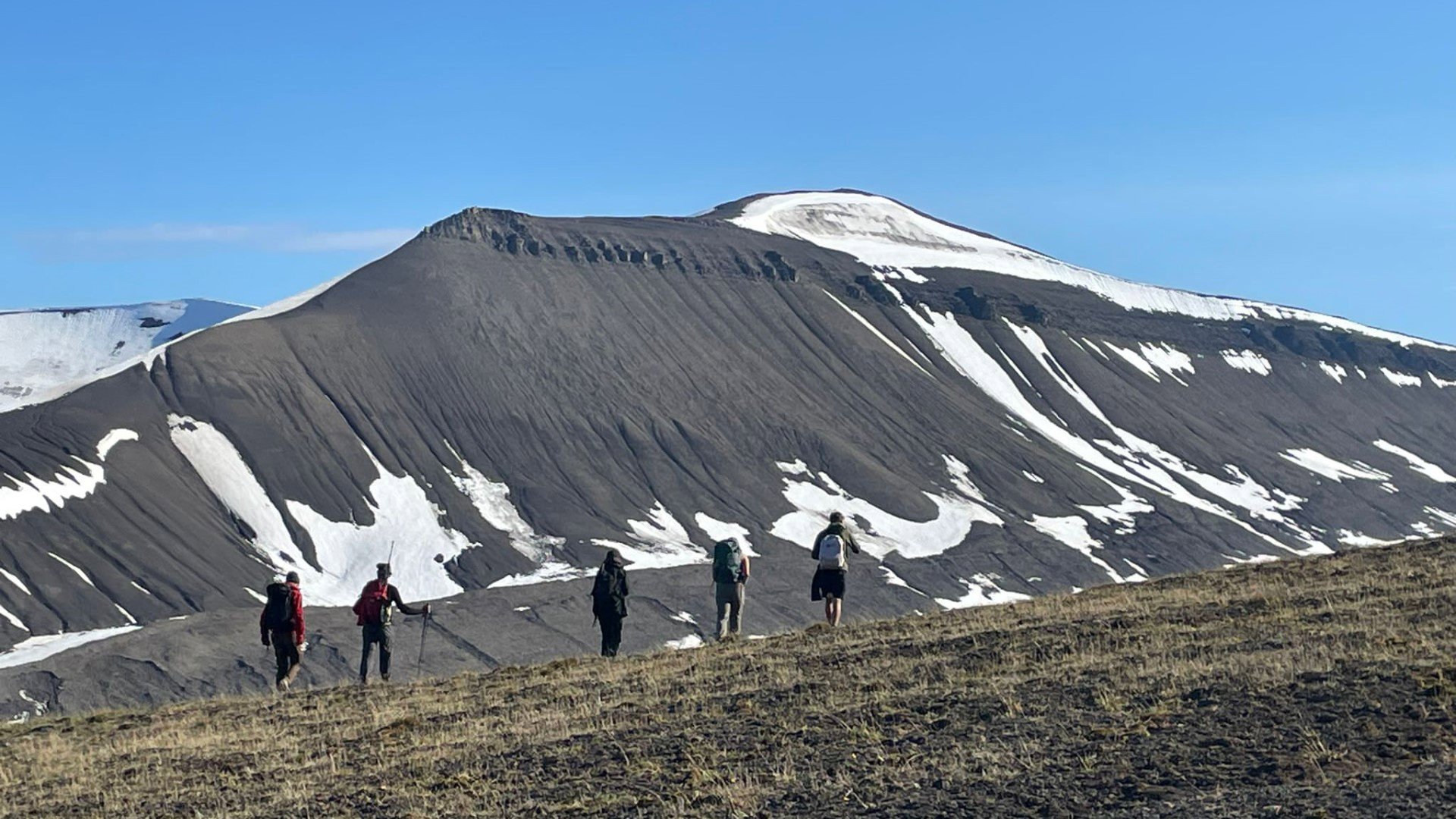Renowned for its biodiversity, Madagascar remains vulnerable to continued deforestation which threatens the habitats of species endemic to the country. Species surveys provide a vital tool in the effort to monitor the impact of changes to these unique environments. We caught up with Natalie Lewis, Team Leader of the expedition, to discuss their experiences, findings and highlights from the project.
What is the background to your fieldwork? What drew you to the project?
Our team was first put together in 2017 at FXplore, a student-led group where Falmouth University and University of Exeter students are encouraged to plan their own research projects. Here Charlotte, Anna and I first heard about past expeditions to Madagascar and, captivated by its unusual and diverse wildlife, joined the 2019 expedition team. From here we received Sam´s contact details, the co-ordinator for Development and Biodiversity Action for Madagascar (DBCAM), who recommended conducting preliminary biodiversity surveys in a new research area of the eastern rainforest.
From here on the team grew and we were joined by bioscience students Freya, Lowenna and Poppy and photography students Matt and Theo.
What questions did you set out to answer? What did you find out?
Our main objective was to lay the research groundwork for Iaroka, an unsurveyed area of rainforest, by conducting the first preliminary biodiversity surveys. Of course field work never goes to plan, as we had been warned by one of our supervisors, and upon arrival we had to change our camp location to the neighbouring forest of Maromizaha. Due to recent boundary changes between the forests six months prior, we ended up surveying what was still an unsurveyed area of forest but at the time officially considered ´Maromizaha´. Our vertebrate surveys recorded 141 different species in total, a third of which had not been previously recorded on the local Maromizaha species list. Of these, according to the IUCN red list, seven were Near Threatened, 11 Vulnerable, three Endangered, three Critically Endangered and 110 endemic.

Natalie and Gaetan (DBCAM and the University of Antananarivo) taking measurements of a shrew (Microgale sp.) for the small mammal survey, one of 14 different mammal species identified.
Did everything go as you expected?
I think it's safe to say that fieldwork exceeded all of our expectations. We had been forewarned about not having wifi or any signal for six weeks so we were prepared for very basic living. The cold stream was our shower and our evenings were spent singing together or playing what became very competitive card games. Apart from two hours of electricity run from the generator for charging equipment, having no electricity or signal and being cut off from the world for six weeks felt like a breath of fresh air.
Do you have a highlight from your fieldwork?
Being surrounded by untouched rainforest and incredible species was something we could never get bored of. One of the clear highlights for me was having a team that worked so well together and always looked out for one another. This extended to both our student team and our Malagasy collaborators who taught us so much about the nature and culture of Madagascar.
We are very proud to say that despite camping together for six weeks, countless mud falls, flooded tents, collapsed camping beds, two scorpion stings and several spider incidents the morale stayed high throughout.

Perinet chameleon (Calumma gastrotaenia)
What will you take away from your fieldwork? What’s next?
Much of the Madagascar culture is inspired by its endemic species and this is reflected in the love for nature we saw in Malagasy people. Despite this, conservation cannot always be a priority due to other social factors so this should be the first step in addressing conservation issues. In future expeditions I would never consider not involving local collaborators as their local knowledge is incomparable and investing locally is integral for maintaining strong relations between people and nature. We hope that future expeditions will run from the FXplore group and collaborate with DBCAM. Running continued biodiversity surveys are vital for monitoring the state of local biodiversity as well as creating profit by hiring local guides.
Find out more about the biodiversity and conservation of Madagascar's forests in this short film created by team member, Matt Roseveare.

The Project Madagascar Team with scientists from DBCAM, from left to right: (back) Matt Roseveare, Randrianarisoa Mihajamanana, Charlotte Epps, Freya Neve O’Dwyer, Theo Ormrod Davis, Randriamialisoa, Anna Smith, Poppy Philipps, Lowenna Arnold; (front) Rabenoro Mamy, Rakotondrasoa Maminiaina Gaetan, Natalie Lewis.
Geographical Fieldwork Grant
Project Madagascar was supported by an RGS-IBG Geographical Fieldwork Grant, the Jeremy Willson Charitable Trust and the Gilchrist Educational Trust.


